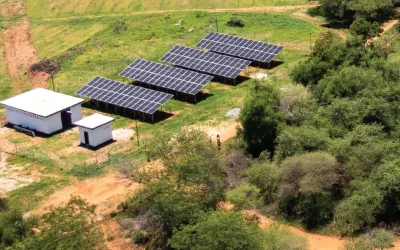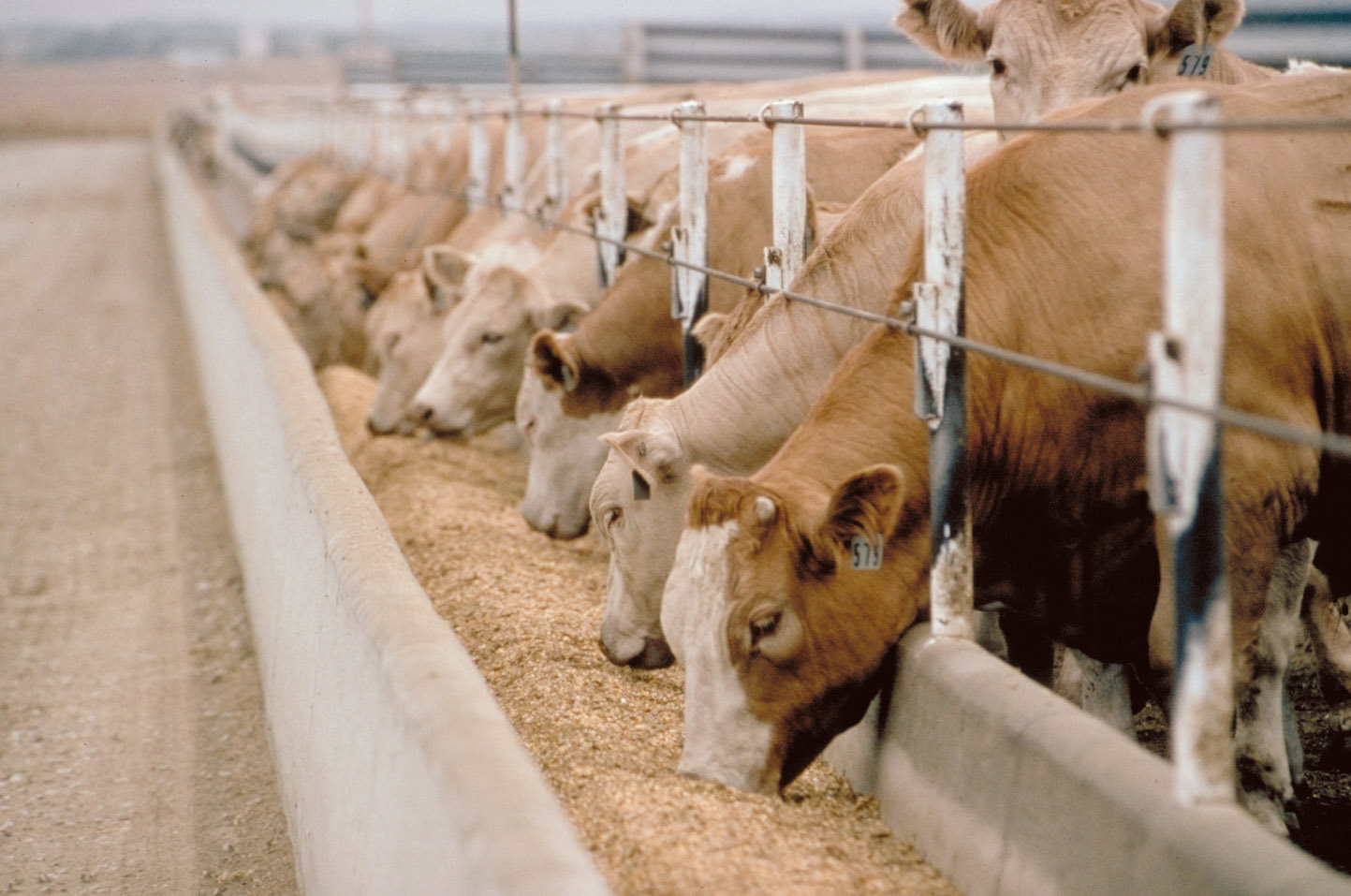Farmers use farm feed to reduce cattle deaths
SHURUGWI small-holder farmers have adopted supplementary feeding as part of drought mitigation response strategies to alleviate cattle deaths during dry seasons. Shurugwi District, in the Midlands Province, is prone to dry spells due to poor rainfall patterns, which negatively affect both cropping and livestock production.
According to official data for the period 2019 and 2020, Zimbabwe lost an estimated 30
000 cattle to starvation with the Midlands losing a record 2 040 beasts.
Depleting pastures and inadequate water supply due to drought, were cited as key factors.
Shurugwi Ward 20 Agritex officer, Vigilance Hungwe said they were assisting farmers to reduce cattle poverty deaths by producing supplementary feeds using urea treated stover, silage and dry feeds.
“There are programmes we are doing in conjunction with the Beef Enterprise Strengthening and Transformation (BEST) project, which are helping to uplift the lives of farmers,” he said.
“To alleviate cattle poverty deaths, we are encouraging farmers to formulate their onfarm feeds through urea treatment of low-quality roughages such as maize stover, silage and dry feeds, thereby helping them to secure their livelihoods.”
Mr Hungwe said this during a tour of households where farmers were harvesting supplementary feed from the pits. He said smallholder cattle farmers were prone to cattle poverty deaths during the dry season, as both feed quality and quantity are compromised in this period.
Mr Hungwe said supplementary feeding has become inevitable, yet the costs of commercial feeds are often a deterrent and farmers stick to traditional practices of collecting crop residues and preserving them for future use as animal feed.
“Crop residues are a common feed supplement for small-holder farmers, yet they lack the basic nutritional composition (energy, protein, minerals) for maintenance and growth/production, usually falling below three percent content protein (CP),” he said.
“Alkali treatments based on urea or Mabiko K offer an opportunity to improve these lowquality roughages at reasonable costs yet building up to the required minimum crude protein levels of at least eight to 12 percent and increased digestible energy levels.”
Mr Hungwe said the process requires the residues to be ensiled for at least four weeks underground under anaerobic conditions, while in preparation, the forages are chopped around 15-20cm in length, then treated in layers on a prorata 1 kilogramme (kg) urea to 20kgs stover, 3kgs for 20kgs using Mabiko K.
He said when feeding farmers give 1 to 2kgs per day, per adult animal and animals should be given a period of adaptation on minimal feed or access to salt blocks.
However, for urea-based feed animals could be subject to urea poisoning if not given an adaptation period or eat to excess.
“As such, ensiled products need to be protected. In case of poisoning, farmers need to contact the extension officers for assistance in relieving the bloat, but may also use vinegar under guidance to dilute the rumen contents and increase acidity,” said Mr Hungwe.
A farmer in Marishongwe Shurugwi Ward 20, Mrs Nomatter Mazheke said the three onnes of urea treated stover have assisted them to save money as making the on-farm supplementary feed was cheaper.
“In a month we used to buy 15 bags of commercial feed at US$12 each bag, with a total cost of US$180. By making our own supplementary feed, we are now saving a lot because with our urea treated stover from a three tonnes pit, we can manage to feed our 33 cattle 1kg per day for 100 days all at a cost of US$60 for the concentrate and other things,” said
Mrs Mazheke.
She said before starting supplementary feeding their cattle were not grazing enough in the ranges and they would lose two to four cattle in a year. Mrs Mazheke said supplementary feeding has assisted their cattle to maintain body condition and the cattle had adapted to the feed supplement.
“The cattle now know when it’s time to come back home from grazing because they know when the supplementary feed would have been put in the pens. Before they would wander off and get lost and some even stolen,” she said.
Another farmer from Takaiona Village A, Mr Ezekial Mutetwa said silage and dry feed supplementing have reduced the number of cattle deaths on his farm and at the same time making his cattle healthier.-herald.cl.zw








